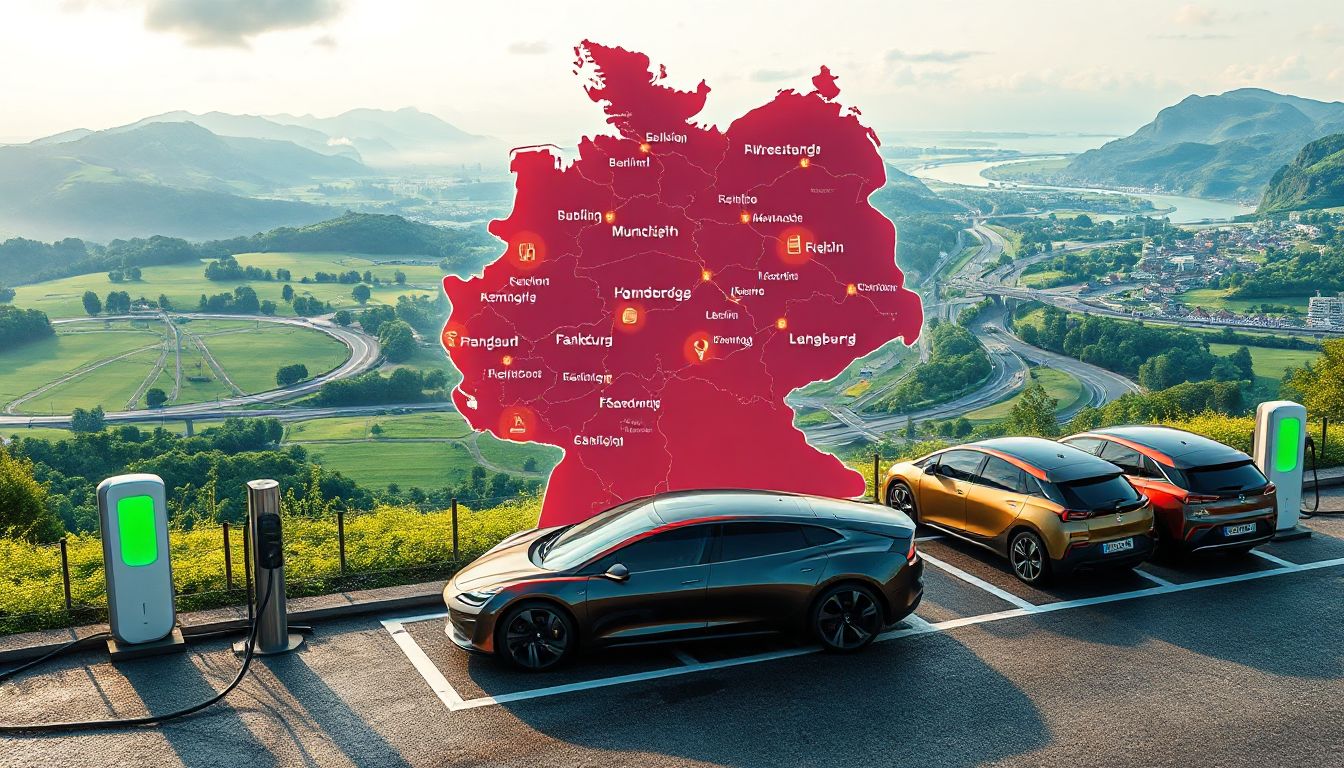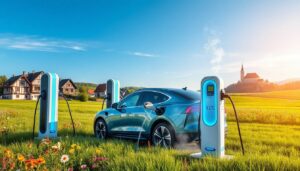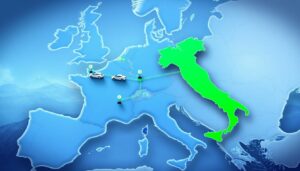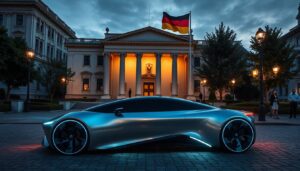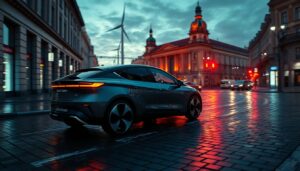Introduction
Germany is racing ahead in electric vehicle use, showing how much it cares about cleaner roads and lower emissions. But with more EVs on the streets, we need good charging stations everywhere. Whether you’re a driver, business owner, or policymaker, knowing where these stations are makes a big difference. This guide walks through the current EV charging map, how infrastructure is growing, regional differences across Germany, and what’s coming next.
The Growth of Electric Vehicles in Germany
Impact of government policies and incentives
Germany’s push for electric vehicles didn’t happen by chance. The government introduced rules and helpful programs to encourage people and companies to switch from gas cars. This includes subsidies that lower the cost of EVs, tax benefits, and stricter rules for emissions. These policies push everyone to adopt electric faster.
Market statistics and current adoption rates
EV sales in Germany are soaring. Over the last few years, more people are choosing electric cars over traditional petrol or diesel vehicles. Market share numbers show EVs now make up a significant portion of new car sales, and their popularity keeps growing even in tough economic times.
Leading regions for EV adoption
Some parts of Germany lead the way. Big cities like Berlin, Munich, and Hamburg show high EV ownership. Why? Urban areas tend to have more charging stations, plus strict city rules encourage cleaner vehicles. Factors like population density and local government focus really help boost EV numbers.
Mapping the Electric Vehicle Charging Infrastructure in Germany
Overview of national charging network coverage
Germany now has thousands of charging stations spread across the country. These include slow chargers for home use, standard AC chargers, and high-speed DC fast chargers for long trips. The goal is to make charging smooth and quick no matter where you are.
Regional distribution of charging stations
Some states have more chargers than others. Bavaria, North Rhine-Westphalia, and Berlin have dense networks. But rural areas often have fewer charging points, making long trips trickier outside big cities. Overcoming these gaps is essential for nationwide EV success.
Key charging networks and providers
Major players like Ionity, EnBW, Allego, and Fastned run many charging stations in Germany. They often team up with local governments and energy companies to expand coverage. These partnerships create a reliable network for drivers anywhere in the country.
Innovative charging solutions
New tech is also coming. Wireless charging from pavement, battery swapping stations, and mobile chargers make charging more flexible. Some stations even use solar and wind power, so your EV charges with renewable energy — good for the planet.
Regional Variations and Challenges in Germany’s EV Map
Urban centers with dense charging infrastructure
Cities like Hamburg, Berlin, and Munich have well-developed charging networks that meet residents’ needs. They also integrate EVs with public transit, making it easier to go car-free or switch easily between modes of transport.
Rural areas and coverage gaps
Outside cities, charging points are fewer. Long-distance travel can become a concern in these regions. To fix this, local authorities and companies are funding new stations, especially on major highways and scenic routes.
Infrastructure bottlenecks and future expansion plans
Some challenges slow growth. For example, the power grid in certain areas can’t support many high-speed chargers. Funding limits also pose hurdles. However, upcoming projects aim to build hundreds of new stations, and government plans continue to focus on faster deployments.
Key Factors Influencing EV Infrastructure Development
Government policies and regulations
Support from the federal and regional governments drive infrastructure plans. The German Climate Action Program targets making EV charging easier and faster. Legislation helps make funding and planning smoother.
Private sector investments
Car makers like VW and BMW, energy suppliers, and startup companies are investing big money. They help speed up infrastructure build-out through partnerships, testing new options, and expanding charging networks rapidly.
Technological advancements and innovation
Next-gen chargers will be smaller, faster, smarter. Features like smart charging help balance supply with demand. Integrating EV chargers into the power grid and renewable sources makes the whole system more efficient.
Practical Tips for EV Owners and Future Buyers
Using the EV map effectively
You can find nearby charging stations quickly with apps like PlugShare or ChargePoint. Planning longer trips? Map out your stops in advance, so you don’t run out of juice.
Charging etiquette and best practices
Charge efficiently: unplug when full and avoid occupying chargers longer than needed. Be polite with other drivers. Safety matters, so always follow guidelines and be aware of your surroundings.
Future-proofing your EV charging needs
Thinking about home charging? Pick a charger that fits your vehicle and energy use. Stay updated on new stations opening near you, so you’re always ready for the next trip.
Conclusion
Germany’s EV map is growing fast, with more stations appearing daily. Urban areas lead the charge, while rural regions still face challenges. Continued investment and tech breakthroughs are key to making charging easy everywhere. This infrastructure is vital for more Germans to choose electric — cleaner air, quieter streets, and a greener future.
Additional Resources
- Official German EV Charging Map
- Government reports on EV infrastructure development
- Apps like PlugShare, ChargeMap, and NextCharge for travel planning
